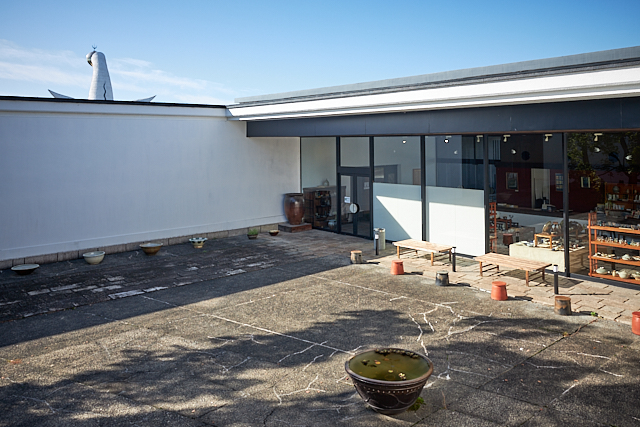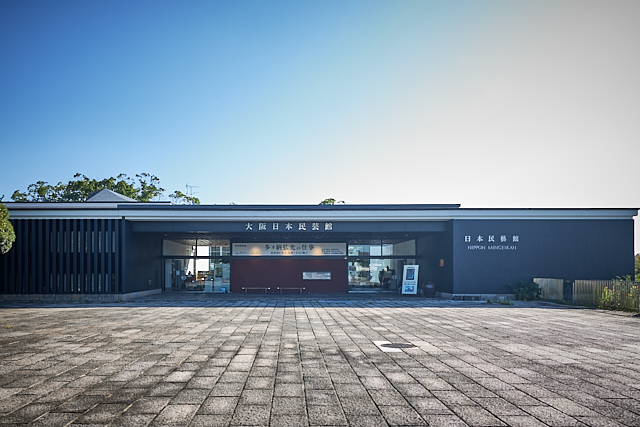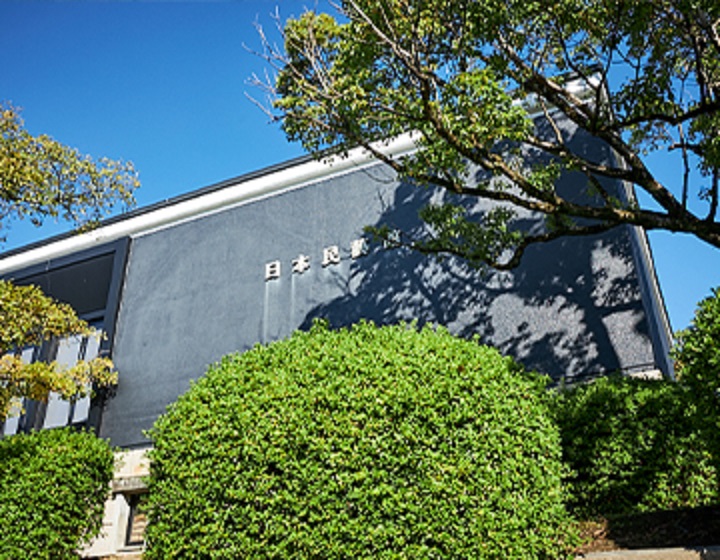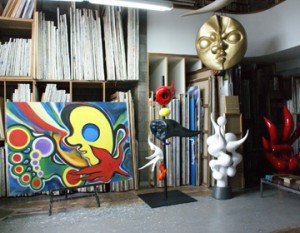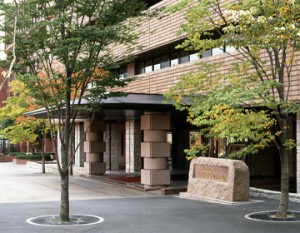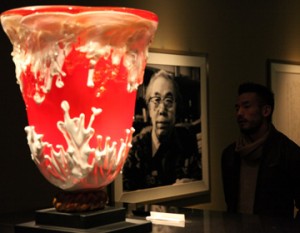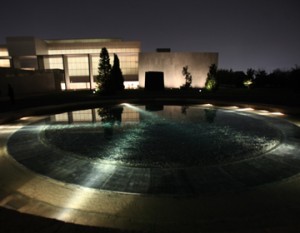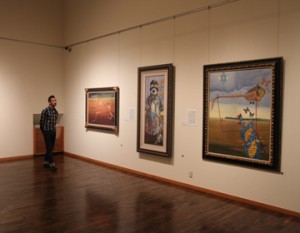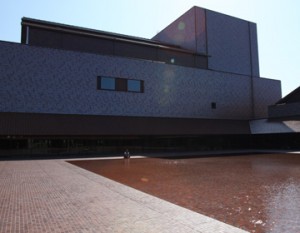Osaka Japanese Folk Crafts Museum: Beauty from Everyday Life
Located in the Expo Park in Suita City, the Osaka Japan Folk Crafts Museum took over the building originally constructed as a pavilion to showcase the appeal of Japanese folk crafts at the 1970 Osaka Expo. The first director of the museum was Shoji Hamada, the first person in Japan to be designated as a “Living National Treasure” in the field of ceramic folk craft ceramics.
Mingei (folk craft)” refers to daily utensils produced by the hands of nameless craftsmen, and is distinct from ornately decorated ornamental works of art. The words “folk art” and “beauty of use” were coined by the lifestyle and culture movement advocated by Yanagi Muneyoshi, the “father of the folk art movement,” Hamada Shoji, and Kawai Katojiro, and their values became widely known. The concept of “mingei” or “beauty of use” was born out of the lifestyle culture movement advocated by Kawai Tomojiro and others, and its value has become widely known. Many people may recognize the brand SORI YANAGI, popular for its cutlery and kitchenware, designed by Sori Yanagi, one of Japan’s leading industrial designers of the 20th century and the second director of the Osaka Nippon Folk Crafts Museum, which pursues the beauty of utility.
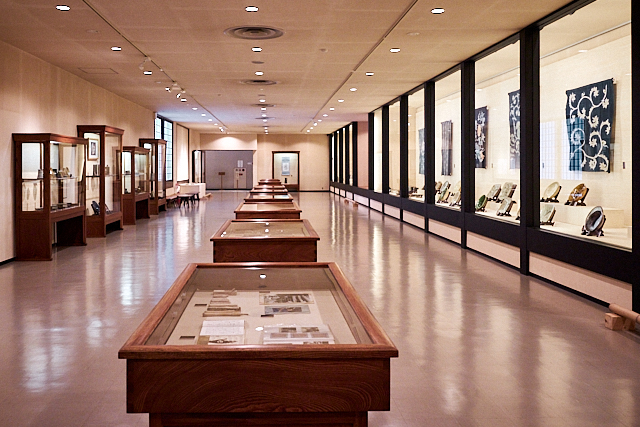
Learn about the history connected to our lives.
In a typical art museum or museum, visitors would enjoy learning about the artists’ advanced techniques, philosophies behind their works, and historical backgrounds while viewing the exhibits, but what one feels while touring this folk art museum is a certain nostalgia. This is understandable, since the exhibits include ceramics, dyed textiles, woodwork, paintings, and other items that have been cultivated through daily life.
It is not art, but folk art. That is why it has its own merits. Even those who are not interested in ceramics are attracted by the many old Imari buckwheat porcelain cups on display. If you go to the corner where knitted and dyed goods from all over the country are displayed, you may be surprised at the differences between regions and the techniques of unknown makers. These are not things that existed “in the past” or “somewhere else,” but are connected to our own lives today, and that is why they are so enjoyable to see.
It is not only the exhibits that are enjoyable. The relaxed atmosphere is perfect for strolling around the museum, and the museum store is a great place to buy ceramics and glassware from different regions of the world that are connected to our daily lives.
In Komaba, Tokyo, there is the Japan Folk Art Museum, built in 1936 by Muneyoshi Yanagi and others, which is not large in scale but is full of the simple charm of folk art. It is interesting to note that the director of this museum is Naoto Fukasawa, who is involved in product design closely related to modern life, such as “MUJI” and “±0. It would be interesting to visit the Mingei museums in the East and the West and feel the difference between them.
